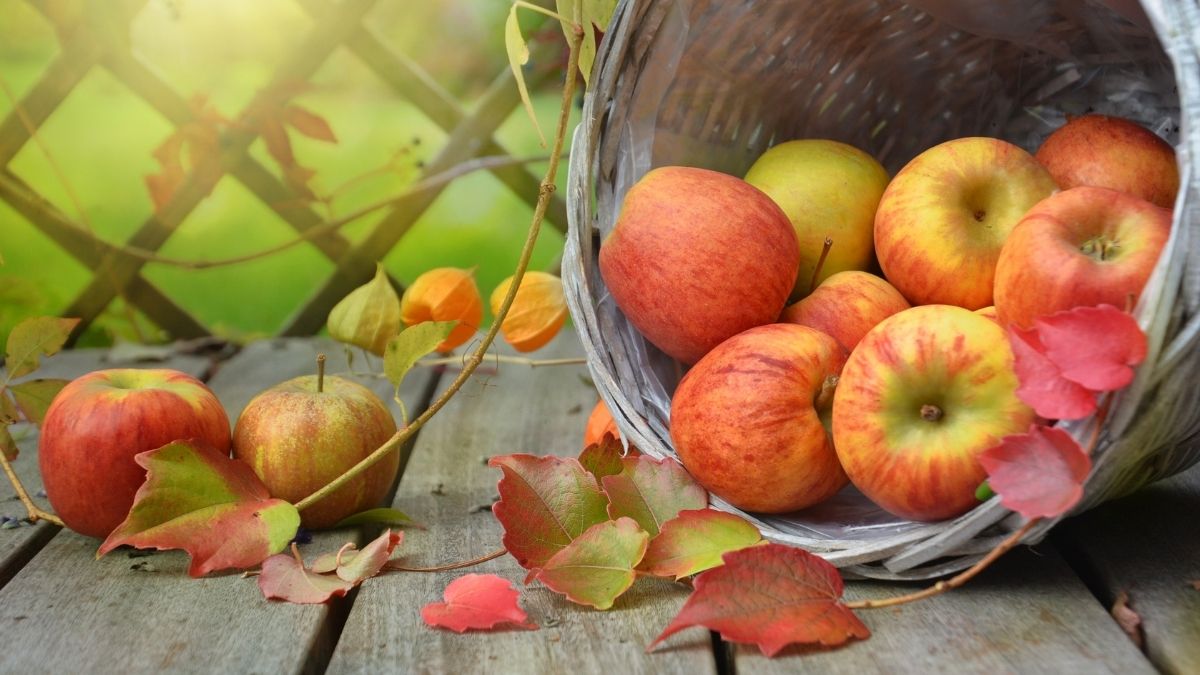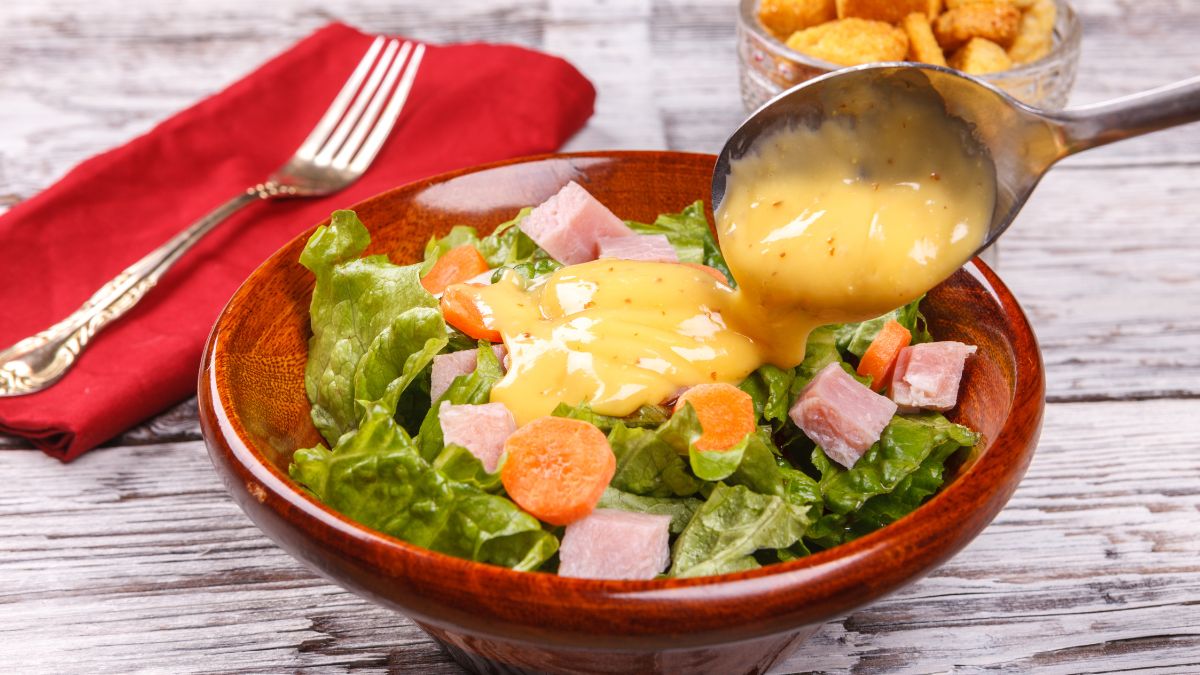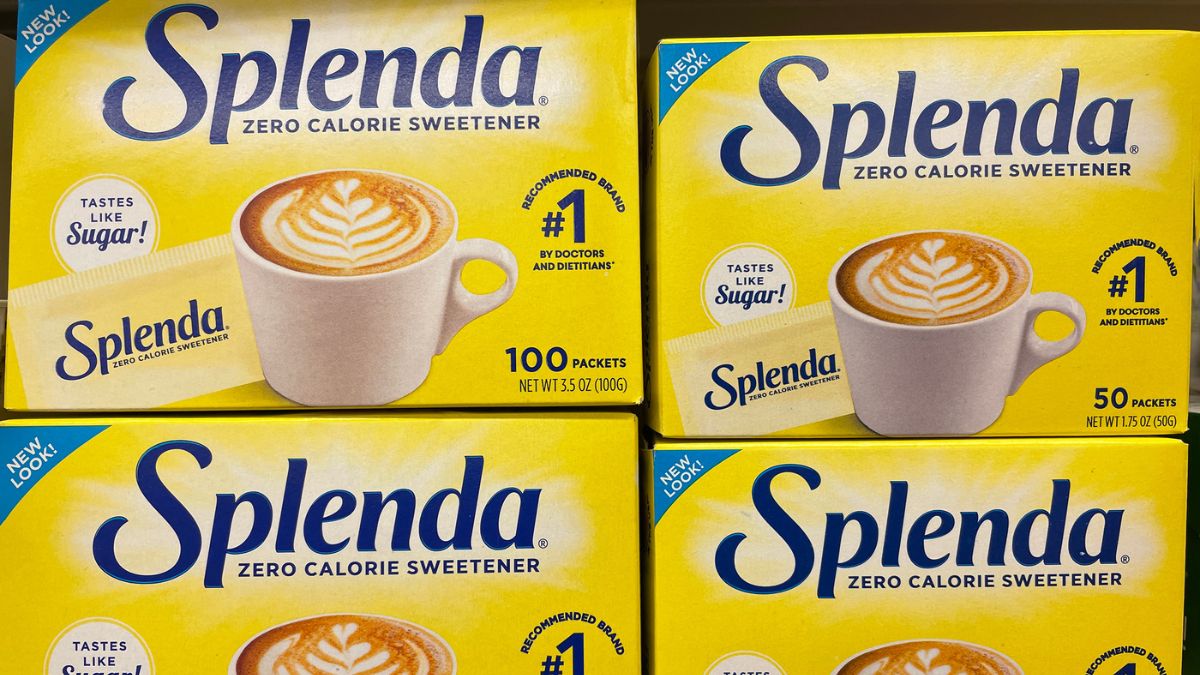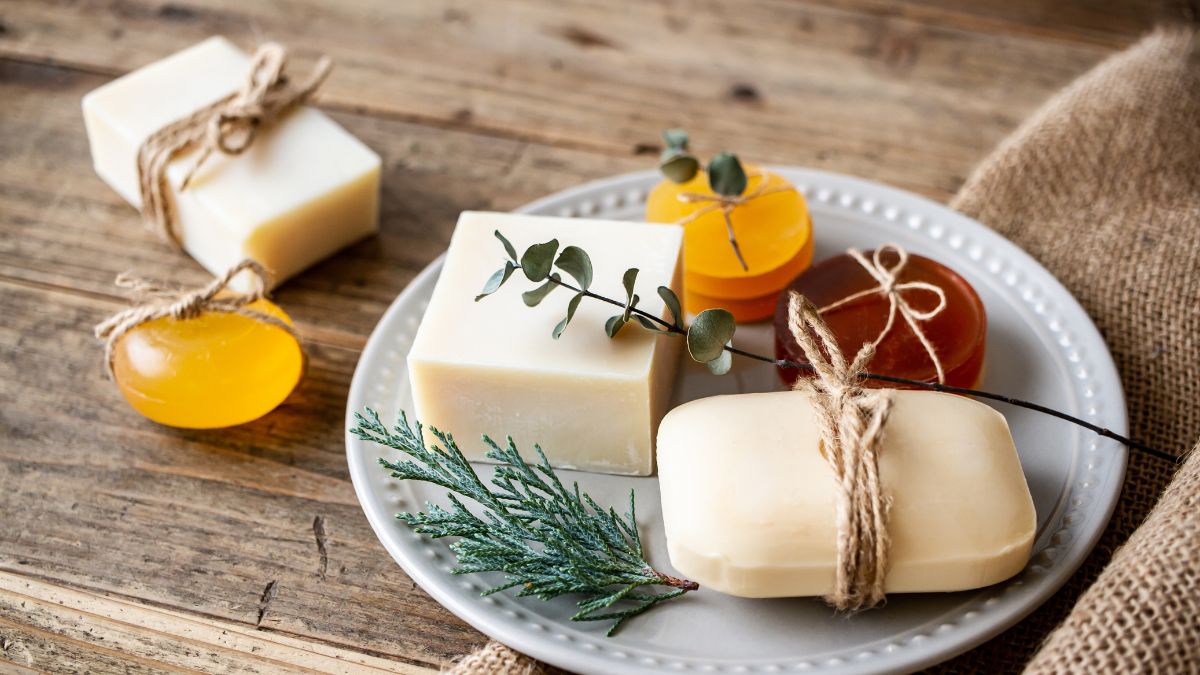Answer: It depends.

Fruits come in all shapes and sizes, and we’re pretty much used to consuming them regularly from avocadoes, oranges, kiwi, and all others. Now the question may have gotten you thinking that the supposed answer would’ve been something like, “Of course apples are vegan!” Are they really, though?
Yes I know that sounds a bit confusing and I may be playing the devil’s advocate thing here, but I’ll tell you this, you better be careful when eating edible skinned fruits due to all sorts of reasons from GMOs, chemical fertilizers, and bugs. Yes, bugs.
As vegans, even the tiniest bug that may seem irritating at times, aren’t supposed to be eaten. Accidents can happen though, especially when you’re speeding on a bike and accidentally coughed on a bug. More so, you’re probably fully aware that flies and roaches are, well, obviously inedible.
Not just the actual bugs, but products made from them are also off-limits. Similar to how cow milk is a major no for vegans.
So apples, the most common fruit with edible skin have been quite the western icon due to the common saying, “An apple a day keeps the doctor away.” What’s with apples and what’s with this seemingly weird and apparent question?
Right from the tree, apples are vegan because they’re fruits, but what some people stress about is how they’re processed and prepared for the market stands. It has been a rumor that apples aren’t vegan because some of the fruits are coated with beeswax for preservation and a shiny sheen.
So the question about eating apples is all about the coating of the apple you’re munching, and not the fruit itself. Some worry that fruit flies reside in apples to breed and you may be eating those, but that’s just too absurd as apples infested with flies are inedible from the start. Vegan or not, you wouldn’t want to eat a decaying apple with tiny maggots crawling inside of it, would you?
It’s not just apples, but lemons as well are said to be non-vegan because the skins are coated with female lac bug resin for preservation and shine. In fact, a lot of the fruits we eat today have similar coatings, which is why we ought to look for the organic ones that aren’t coated with bug essences or those coated with vegan-friendly, edible alternatives that come from plants.
Beeswax Issue
Apples aren’t always coated with beeswax. Different marketers wax-coat their apples with various methods and items, and beeswax is a popular coating because it’s one that many producers prefer due to its preservative qualities: prevents rapid oxidation, water-resistant, and UV-resistant.
In fact, not only does spray-on beeswax exist to coat fruits, but Small Square Abeego has even formulated a reusable paper coating infused entirely with beeswax. It’s reusable, but it’s made with beeswax, is that supposed to be environment-friendly? More like counterproductive.
As vegans, many of us strongly oppose products derived from bees, such as honey and beeswax, because of the ethical concerns surrounding bee farming. According to PETA’s stance in 2025, bees suffer in artificial hives where queens often endure harsh treatment—having their wings clipped, being forcibly inseminated, exposed to smoke, and transported uncomfortably to other hives. These conditions can lead to injury or death, raising serious animal welfare issues. While fruits like apples are vegan-friendly and cruelty-free, products derived from bees do not align with vegan principles due to the exploitation and harm involved in their production. For those exploring a compassionate lifestyle, understanding these distinctions is essential.
Beeswax is harvested alongside honey, this is because beeswax is used to build honeycombs where bees nurse their young and store their food supply. Due to the natural components and use of beeswax, it’s a very effective food preservative in terms of coating. In fact, beeswax is also used to coat and protect disgustingly cruel meat products. Taking a third of a hive’s beeswax means taking a third of their natural home.
So going back to the issue with apples, yes, people do wipe and coat apples with beeswax while others preserve their apples at home by wrapping them in a beeswax food wrapper. This is one of the two given and sensible reasons why some apples aren’t vegan-friendly. The other one is…
Food-Grade Shellac
The US Apple Org literates that about 2% of consumed apples are coated with the excretions of the female lac bug. Even some manufactured pastries and candies may contain shellac due to their shiny and attractive qualities.
Shellac comes from the sticky resin a female lac bug secretes when she’s about to die. Yes, when a female lac bug latches onto a tree and sucks its saps, this is what the indigenous people in India or Thailand call “the feast of death.” When the female lac bug digests the sap, she converts and secretes into what we know as the raw form of shellac. What this is primarily for is to provide a protective shelter for her young to mature after she dies.
When shellac farmers come over, they break or scrape off the twigs and barks in which the female lac bug has raised her young after dying. This crusty shelter may either contain some of the young or not, we never really know. Once in the factory, these hardened resins are refined after a series of milling, grinding, rinsing, melting, and drying before they’re shipped out to consumers for colors or wax-coating.
Perhaps a pound (weight) of shellac would be able to wax-coat over 160,000 apples. Harvesting shellac may sometimes kill some lac bugs in the process, and when shellac is refined, it would no longer contain that insect remains. What we vegans don’t want about shellac is that it still comes from insects and the harvesting process could still harm them.
Vegan Apples
To be safe when buying apples, be sure to see or ask if an apple is coated with beeswax and shellac or not. Apples naturally have a protective wax layer before they’re even picked off the tree, but when they’re washed to remove dirt and debris, this natural, waxy coating also goes. Hence, apples are coated with another type of wax that may have better preservative qualities than their original coat.
Apples need a protective layer of wax since they’re mostly made of water, about 80 to 90 percent, and the outer, reddish skin of the fruit allows the passage of air and moisture. This somehow makes it seem like an apple is living and breathing. However, apples do lose their nutrients and moisture the longer they’re exposed to air without a waxy coating that prevents oxidation and respiration for a given amount of time. This is why, to properly preserve apples for longer periods to be sold, they need a wax coating.
Beeswax and shellac are commonly preferred because they’re natural, immediately edible, and give a unique shine and texture in apples, but they’re not necessary. Fortunately, most apples we consume are coated with plant-based, edible waxes such as carnauba wax from the leaves of a Brazilian palm and candelilla wax derived from reed−like desert plants.
Though these plant-based waxes may be edible, it may not always be recommended to eat the wax-coat of apples. This entirely depends on your digestive capabilities though, since some wax, especially those that are starchy, aren’t easily digested and absorbed by the body, and most of the time, they don’t really have any health benefits.
To easily get rid of wax on apples and other edible-skinned fruits, you can perform some of the following:
- Dipping the fruit in hot water for a few seconds to melt the wax off. Rinse it afterwards like blanching.
- Mixing a tablespoon of lemon with a tablespoon of baking soda in water, and scrubbing the fruit in the mixture. Rinse afterward.
- Mixing vinegar instead of lemon in the same procedure as stated above.
- Wiping the fruit with an apple cider vinegar infused cloth. Rinse afterward.
You can also peel the apple skin off, but be wary that the skin contains vital nutrients such as fiber and polyphenols.
Vegan Honey
Apples are vegan, sometimes the coating isn’t, but you can still buy and eat apples as long as you know what it’s coated with. In fact, PETA once recommended a bee-free, vegan-friendly honey brand based on apples. Sadly though, the Bee Free Honey brand has recently closed in 2021 due to unknown circumstances. However, there are a lot of vegan honey recipes that make use of fresh apples, non-coated with bug excretions of course.
You can make vegan honey with only apple juice (storebought or fresh), organic white sugar (no animal bone char in the process), lemon juice, and chamomile or orange tea. Simply mix all those in a saucepan or stovetop and simmer the liquids until they achieve a viscous and heavy texture.
Bottom Line
Most fruits are vegan-friendly, some may be subject to further discussions, but apples and lemons are vegan at a fresh pick, and it’s only when they’re coated with insect-based wax preservatives that they lose their edibility for most vegans. If you happened upon one that actually contained either beeswax or shellac, then it’s up to you whether you want to throw it away or simply rid the waxes and make it safe and friendly to eat.
At best, most apple producers use plant-based waxes as access to insect-based waxes may not always be readily available nor agreeable to other consumers. We just hope that instead of having 2% of apples being coated with shellac or beeswax, let’s have them drop to 0%. Since if the number is that insignificant, then why continue using insect-based waxes?
So, I hope your mind’s been cleared up with all these, and please do enjoy an apple maybe every other day as long as you know what it’s coated with.





